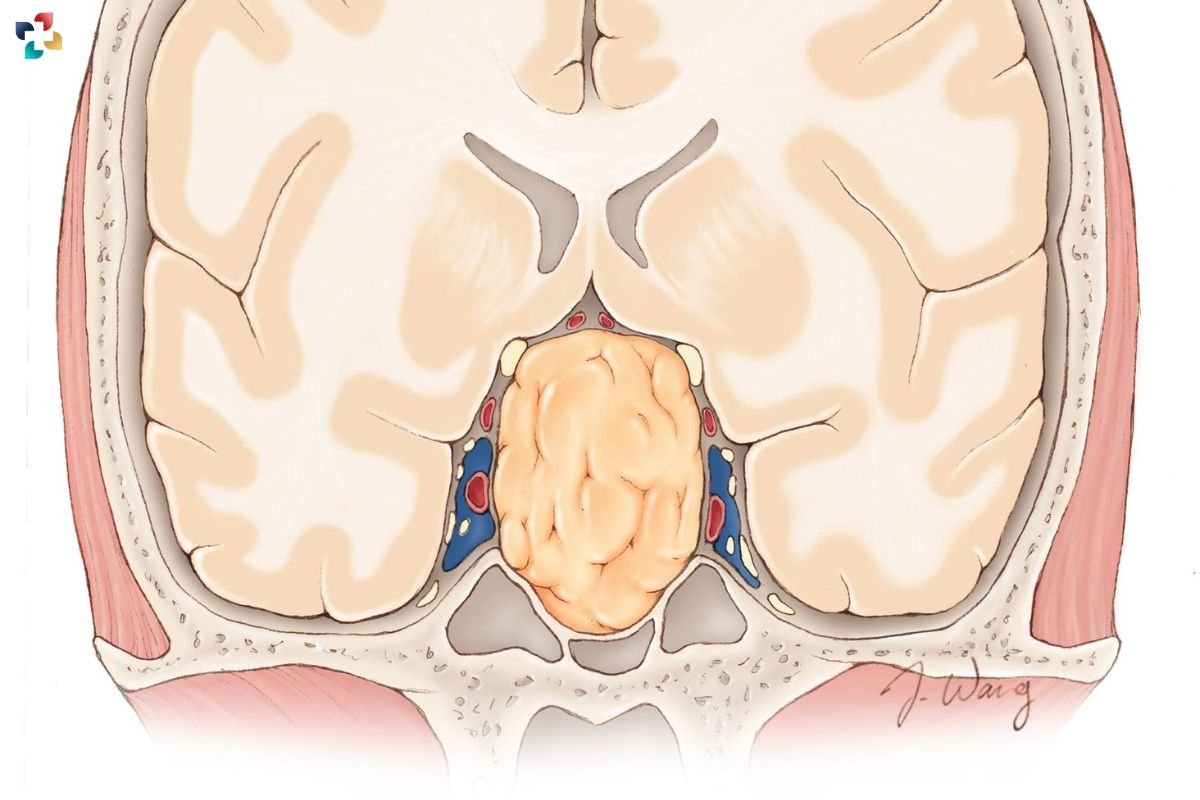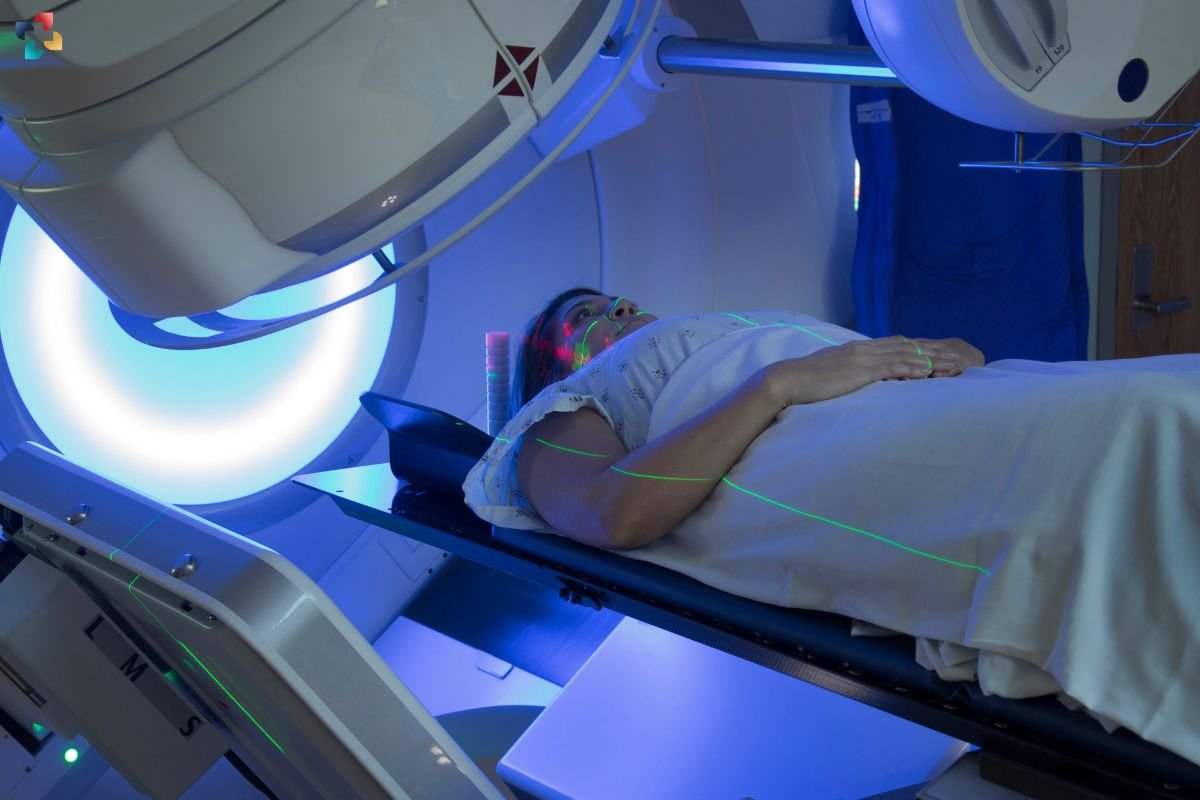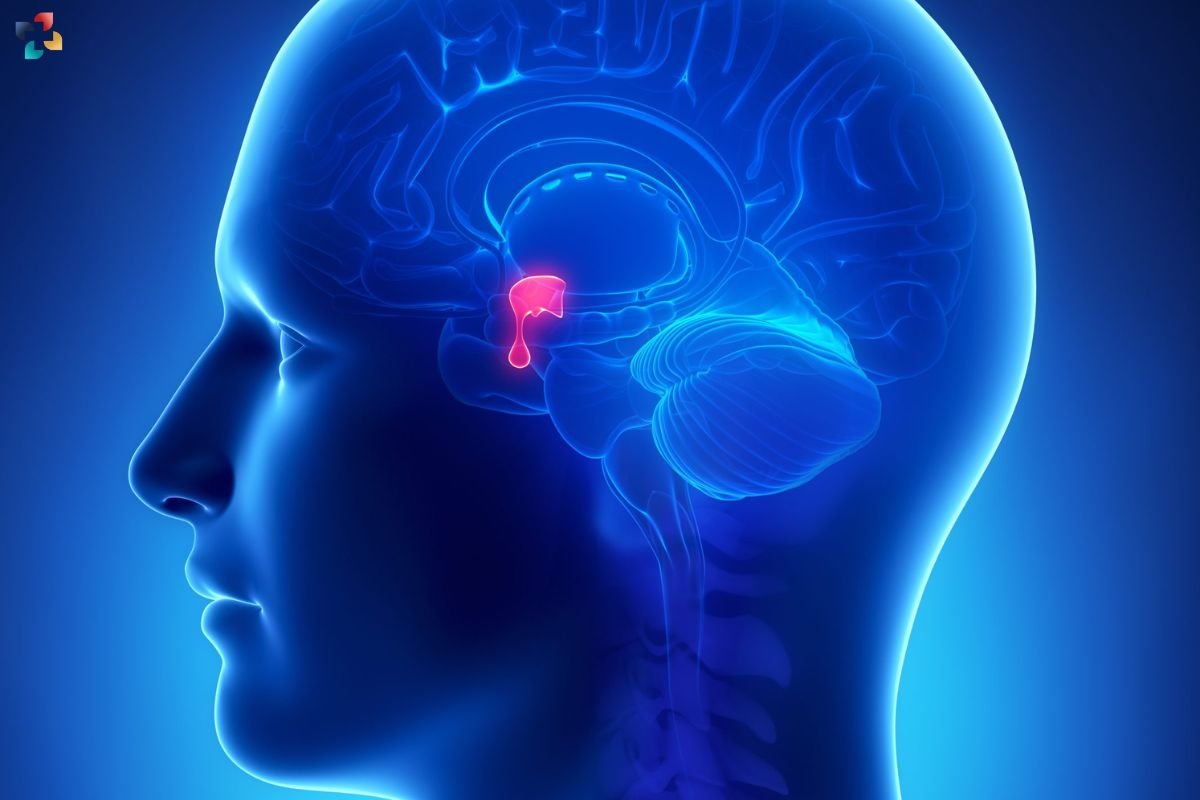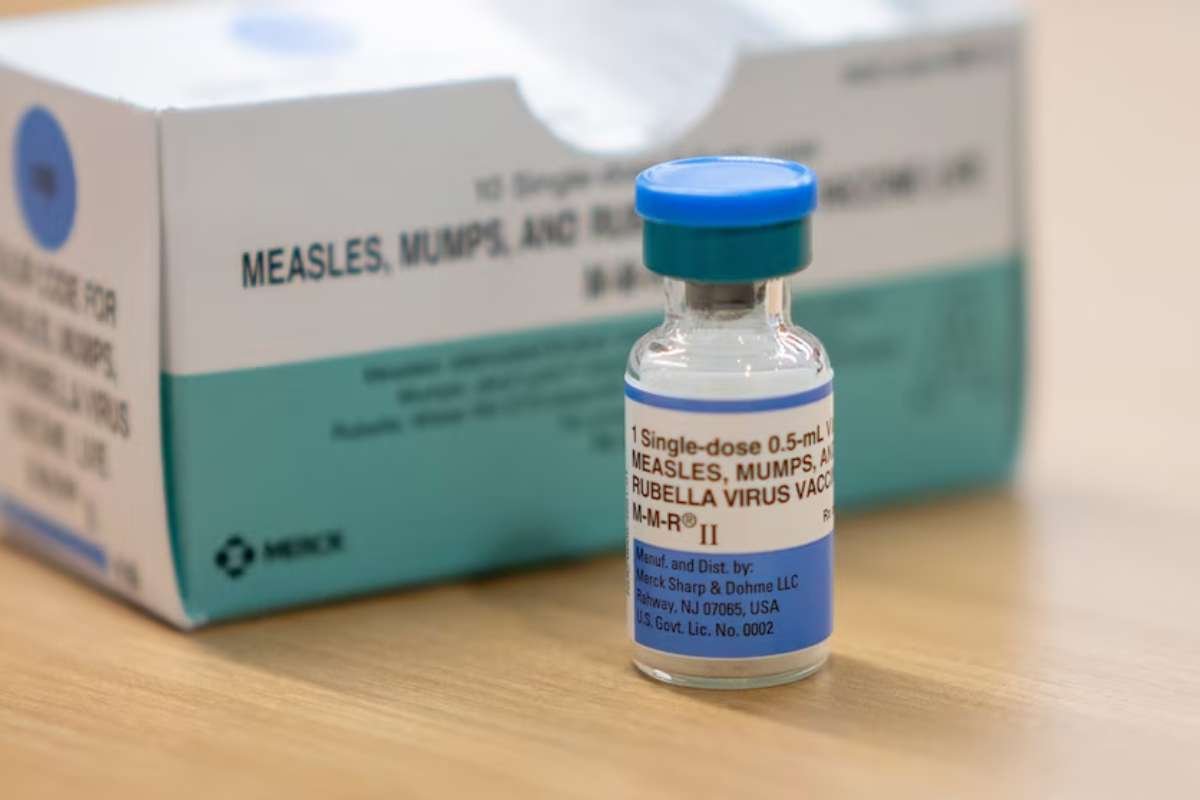The pituitary gland, often referred to as the “master gland,” plays a crucial role in regulating various bodily functions by producing and secreting hormones. Located at the base of the brain, this small, pea-sized gland controls numerous endocrine functions that impact growth, metabolism, and reproduction. When the pituitary gland malfunctions, it can lead to a range of health issues known as disorders of the pituitary. This article explores the different types of disorders, their symptoms, causes, diagnosis, and treatment options.
Understanding the Pituitary Gland
The pituitary gland is divided into two main parts: the anterior (front) lobe and the posterior (back) lobe. Each lobe produces different hormones that regulate various functions in the body. The anterior lobe releases hormones such as:
- Growth hormone (GH)
- Thyroid-stimulating hormone (TSH)
- Adrenocorticotropic hormone (ACTH)
- Luteinizing hormone (LH)
- Follicle-stimulating hormone (FSH)
- Prolactin
The posterior lobe, on the other hand, releases antidiuretic hormone (ADH) and oxytocin. Disorders of the pituitary can arise when there is either an overproduction or underproduction of these hormones, leading to a variety of symptoms and health complications.
Types of Disorders of the Pituitary
1. Pituitary Adenomas

Pituitary adenomas are non-cancerous tumors that develop in the pituitary gland. While most adenomas are benign and slow-growing, they can still cause significant health issues by compressing nearby structures or disrupting hormone production. There are two main types of pituitary adenomas:
- Functioning adenomas: These tumors produce excess hormones, leading to conditions such as Cushing’s disease (excess ACTH), acromegaly (excess GH), and prolactinoma (excess prolactin).
- Non-functioning adenomas: These tumors do not produce hormones but can cause symptoms by pressing on the pituitary gland or surrounding tissues.
2. Hypopituitarism
Hypopituitarism occurs when the pituitary gland fails to produce sufficient amounts of one or more hormones. This condition can result from various causes, including tumors, head injuries, infections, and autoimmune diseases. Symptoms depend on the specific hormones that are deficient and may include fatigue, weight loss, decreased libido, and infertility.
3. Growth Hormone Deficiency
Growth hormone deficiency (GHD) can affect both children and adults. In children, GHD can lead to stunted growth and delayed puberty. In adults, it can cause decreased muscle mass, increased body fat, and reduced bone density. GHD can be congenital or acquired due to factors such as tumors, radiation therapy, or traumatic brain injury.
4. Diabetes Insipidus
Diabetes insipidus is a disorder characterized by an inability to regulate fluid balance in the body due to insufficient production or action of antidiuretic hormone (ADH). This condition leads to excessive thirst and urination. There are two main types of diabetes insipidus:
- Central diabetes insipidus: Caused by damage to the pituitary gland or hypothalamus, leading to insufficient ADH production.
- Nephrogenic diabetes insipidus: Caused by the kidneys’ inability to respond to ADH.
5. Hyperprolactinemia
Hyperprolactinemia is a condition characterized by elevated levels of prolactin in the blood. It is often caused by a prolactinoma, a type of pituitary adenoma that produces excess prolactin. Symptoms can include irregular menstrual periods, infertility, and milk production in individuals who are not pregnant or breastfeeding.
Causes of Disorders of the Pituitary
Disorders of the pituitary can result from various factors, including:
- Tumors: Pituitary adenomas are the most common cause of pituitary disorders. These tumors can either secrete hormones or cause symptoms by pressing on the gland or nearby structures.
- Trauma: Head injuries or surgeries involving the brain can damage the pituitary gland and disrupt hormone production.
- Infections: Infections such as meningitis or tuberculosis can affect the pituitary gland and lead to hormone imbalances.
- Autoimmune diseases: Conditions like lymphocytic hypophysitis involve the immune system attacking the pituitary gland.
- Genetic mutations: Some disorders, such as multiple endocrine neoplasia type 1 (MEN1), are caused by inherited genetic mutations.
Symptoms of Disorders of the Pituitary

The symptoms of disorders of the pituitary vary depending on the specific condition and the hormones involved. Common symptoms include:
- Headaches: Tumors or other abnormalities in the pituitary gland can cause persistent headaches.
- Vision problems: Compression of the optic nerves by a pituitary tumor can lead to vision loss or double vision.
- Hormonal imbalances: Symptoms can range from fatigue, weight gain or loss, mood changes, and decreased libido to more specific signs related to excess or deficiency of particular hormones.
- Growth issues: In children, growth hormone deficiency can lead to stunted growth and delayed development.
- Reproductive problems: Irregular menstrual periods, infertility, and lactation in non-pregnant individuals can indicate prolactin imbalances.
Diagnosis of Disorders of the Pituitary
Diagnosing disorders of the pituitary involves a combination of clinical evaluation, imaging studies, and laboratory tests. The diagnostic process typically includes:
- Medical history and physical examination: A thorough assessment of symptoms and medical history is the first step in diagnosing pituitary disorders.
- Hormone tests: Blood tests are used to measure hormone levels and identify any imbalances.
- Imaging studies: Magnetic resonance imaging (MRI) or computed tomography (CT) scans can detect tumors or structural abnormalities in the pituitary gland.
- Stimulation tests: Dynamic tests, such as the ACTH stimulation test or the insulin tolerance test, may be used to evaluate the function of the pituitary gland and its response to specific stimuli.
Treatment Options for Disorders of the Pituitary
The treatment of disorders of the pituitary depends on the specific condition, its severity, and the underlying cause. Treatment options may include:
1. Medications
Medications can be used to manage hormone imbalances and treat certain types of pituitary disorders. For example:
- Dopamine agonists: These drugs, such as cabergoline and bromocriptine, can reduce prolactin levels in patients with prolactinomas.
- Hormone replacement therapy: Patients with hypopituitarism may require lifelong hormone replacement to compensate for deficient hormones.
- Somatostatin analogs: These drugs, such as octreotide and lanreotide, can reduce growth hormone levels in patients with acromegaly.
2. Surgery
Surgical intervention is often necessary for removing pituitary tumors, especially if they are causing significant symptoms or pressing on nearby structures. Transsphenoidal surgery, where the tumor is accessed through the nasal cavity, is a common approach.
3. Radiation Therapy

Radiation therapy may be used to treat pituitary tumors that cannot be completely removed by surgery or to reduce the size of tumors that are causing symptoms. Stereotactic radiosurgery, which delivers targeted radiation to the tumor, is a precise and effective option.
4. Monitoring and Follow-up
Regular monitoring and follow-up are essential for managing this disorder. This includes periodic hormone level testing, imaging studies, and clinical evaluations to assess treatment effectiveness and detect any recurrence or progression of the condition.
Living with Disorders of the Pituitary
Managing disorders of the pituitary often involves a multidisciplinary approach, including endocrinologists, neurosurgeons, ophthalmologists, and other healthcare professionals. Patients may need ongoing support to manage symptoms, adjust treatments, and address the impact of the condition on their quality of life.
Lifestyle Adjustments
Patients with pituitary disorders can benefit from making lifestyle adjustments to support their overall health and well-being. This may include:
- Healthy diet: A balanced diet can help maintain energy levels and support overall health.
- Regular exercise: Physical activity can improve mood, reduce stress, and promote overall wellness.
- Stress management: Techniques such as mindfulness, meditation, and relaxation exercises can help manage stress and improve mental health.
Support Networks
Joining support groups or connecting with others who have similar conditions can provide valuable emotional support and practical advice. Many organizations and online communities offer resources and support for individuals with pituitary disorders.
Conclusion
Disorders of the pituitary encompass a range of conditions that can significantly impact an individual’s health and quality of life. Early diagnosis and appropriate treatment are crucial for managing these disorders effectively. By understanding the types, causes, symptoms, and treatment options for disorders of the pituitary, patients and healthcare providers can work together to achieve the best possible outcomes. With ongoing research and advancements in medical care, there is hope for improved treatments and better quality of life for those affected by these conditions.







